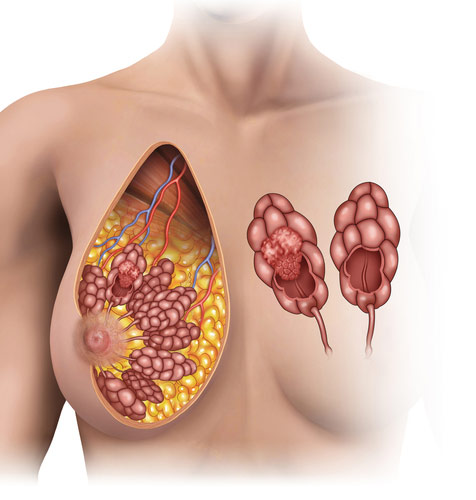70% of women will experience breast pain in their lifetime. Dr Cook can assess you to work out if your pain is true or referred pain and develop a plan to best manage your symptoms using physiotherapy, lifestyle changes and medication.
Mastitis (breast infection), whilst more common in lactating women, can occur in women who are not breast-feeding.
Untreated mastitis may develop into a breast abscess, which then requires intervention (with needle aspiration or surgery).
Redness of the breast (erythema), fevers, sweats and lethargy are common symptoms of infection. Oral antibiotics are the initial treatment of choice, however if the symptoms progress, admission to hospital for intravenous antibiotics is sometimes required.
Clinical examination and breast ultrasound are used to assess for abscess formation. Abscesses can be treated with aspiration under ultrasound guidance.
Dr Cook can perform ultrasound guided aspiration in her rooms, however if there is concern about the size of the abscess or the skin integrity, then drainage in the operating theatre is required.

Cysts are a common cause of breast lumps. A cyst is a fluid filled “sac” in the breast. It is best visualised with ultrasound.
Over the age of 35, leading up to menopause, breast cysts are quite common. They can occur in one or both breasts and present as a sudden onset of a lump or as a painful area in the breast.
Cysts do not increase your risk of breast cancer.
Treatment of cysts can include aspiration under ultrasound guidance.
Cysts with a more complex appearance on ultrasound may need to undergo needle biopsy to exclude a more sinister process.
These are benign growths in the breast, and historically were known as a “breast mouse”.
They are one of the most common causes of a breast lump in younger women.
Fibroadenomas may require needle or core biopsy to confirm the clinical diagnosis of a benign process.
Open biopsy is offered to those patients who have a lump increasing in size or causing symptoms. Patients may also have the lump removed for peace of mind.
Phyllodes tumours can present in a similar way to fibroadenomas. These growths require surgical excision.

Nipple discharge can be unilateral (one breast) or bilateral (both breasts).
Discharge can be milky in appearance (galactorrhea), clear, green-brown or bloody.
Single duct discharge tends to be more clinically significant and warrants further investigations, including taking a sample of the discharge for cytology (looking at the discharge fluid under the microscope) and possible surgery.
Breast imaging (mammogram and ultrasound) is usually performed to investigate nipple discharge.
Dr Melinda Cook is a Breast Surgeon consulting at the Breast Health Centre – St Vincent’s Private Hospital – Chermside, North Lakes Specialist Medical Centre – North Lakes and Prescribe Practice Management – Newstead.
Dr Cook treats benign and malignant disease of the breast. She participates in the National Breast Cancer Audit and regularly participates in a Multidisciplinary meeting held at the Wesley Private Hospital and St Vincent’s Private Hospital Northside on a fortnightly basis.
Phone: 07 3193 7373
Fax: 07 3319 6727
Postal Address:
PO BOX 206
ASHGROVE QLD 4060
EMAIL: cookmedical@mac.com